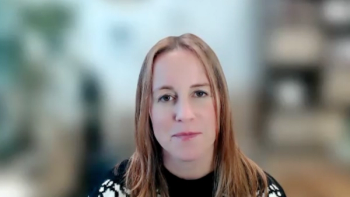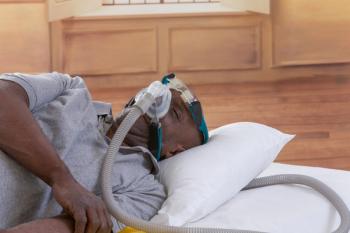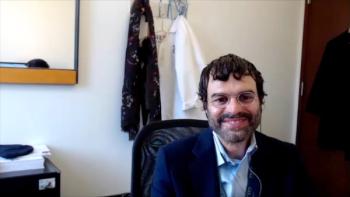
Teledermatology Shows Promise to Reduce Disparities in Skin Cancer Screening
Key Takeaways
- Teledermatology and dermoscopy can improve skin cancer screening in underserved communities by enabling remote analysis of dermoscopic images by specialists.
- The Augusta Free Dermatology Clinic's initiative involved training non-specialists to capture and transmit images of suspicious lesions for remote evaluation.
A teledermatology program in Georgia helped identify patients with skin lesions that warranted in-person follow-up with a physician.
The use of teledermatology and dermoscopy is an effective strategy to screen patients for
The report is based on the experience of providers and patients at the Augusta Free Dermatology Clinic in rural Georgia. The findings were presented at the 2025 American Society of Clinical Oncology (ASCO) annual meeting in Chicago, Illinois.
Co-author Kendall Buchanan, MD, of the Medical College of Georgia, and colleagues explained that underserved populations face a number of barriers to receiving dermatological care, including lack of insurance and lack of access to specialists. A
One potential way to improve access to care, Buchanan and colleagues explained, is through the use of store-and-forward teledermatology-dermoscopy.1 The process involves non-specialists taking dermoscopic images of suspicious skin lesions and then securely transmitting the images to dermatologists for remote analysis. If a case requires further investigation, the patient can make an in-person appointment.
The Augusta Free Dermatology Clinic is a student-run clinic that collaborates with the Teledermatology in Rural Georgia program to expand access to dermatological care. Through the partnership, volunteer medical students and general physicians undergo training in the use of dermoscopy.
The data presented at ASCO reflect patients seen during 2 community health fairs designed to reach underserved populations in Georgia. The trained volunteers took brief medical histories from patients and then used iPhones equipped with magnetic dermatoscope attachments to take polarized dermatoscopic images of suspicious lesions. The images and medical histories were then transmitted to dermatologists, who reviewed the cases and made recommendations within an hour.
A total of 10 medical students, under the supervision of a general physician or a dermatology resident, saw a total of 141 patients over the course of the 8-hour health fairs. The fairs were designed to treat patients with incomes below 200% of the federal poverty line.
Of the 141 patients who arrived with concerns about skin lesions, 24 patients were referred for teledermatology-dermoscopy. Of those, 17 lesions were determined to be benign based on dermoscopy, while 7 (29.17%) lesions were deemed potentially malignant, and the patients were referred for in-person follow-up at a dermatology clinic.
Among the patients who sought care, most diagnoses were unrelated to skin cancer. Fifty-one patients were found to have healthy skin. Six patients were diagnosed with acne, 6 were diagnosed with melasma, and 6 were found to have benign nevi. Another 5 patients were diagnosed with dermatitis, and 4 were diagnosed with folliculitis.
The community health fairs reached a range of populations that have historically faced barriers to care. Among the 112 patients for whom comprehensive data were available, 110 were Spanish speakers who required the use of translation services, Buchanan and colleagues said. The majority of patients (58.04%) were female, and the participants had a median of 2 dependents living with them. All but 2 of the participants for whom comprehensive data were available worked in skilled agricultural roles, the investigators said. Three-quarters of those served (73.21%) did not have health insurance, they said.
The investigators said the teledermatology method proved to be a promising initiative.
“This approach demonstrated the potential to improve early detection of skin cancer, facilitate timely care, and reduce health care disparities,” Buchanan and colleagues wrote.
References
1. Santellano B, Duschesne G, Hanson M, et al. Teledermatology-dermoscopy: expanding access to skin cancer screening to reduce healthcare disparities. Presented at: The 2025 American Society of Clinical Oncology Annual Meeting; May 30-June 3, 2025; Chicago, Illinois. Abstract 1653.
2. Yoo JY, Rigel DS. Trends in dermatology: geographic density of US dermatologists. Arch Dermatol. 2010;146(7):779. doi:10.1001/archdermatol.2010.127
3. Zhou AE, Jain NP, Grant-Kels JM. Controversies in dermatology: cons of dermatology practices opting out of Medicare and Medicaid insurances. J Am Acad Dermatol. 2025;92(4):942-943. doi:10.1016/j.jaad.2024.07.012
Newsletter
Stay ahead of policy, cost, and value—subscribe to AJMC for expert insights at the intersection of clinical care and health economics.













































